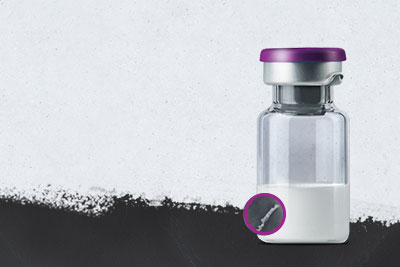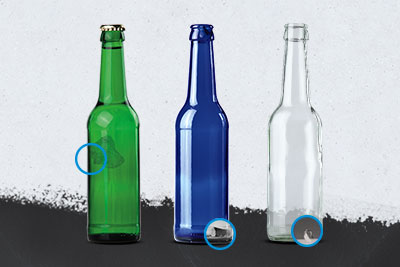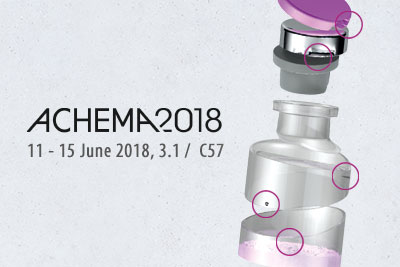API inspection: promising prospects!
Can active pharmaceutical ingredients (APIs) be subjected to an X-ray inspection without risk? That depends on the technology! In many cases this is possible with the right one as Stephan Bachmeier, HEUFT product manager for the pharmaceutical industry, reveals.
 Stephan Bachmeier
Stephan BachmeierMr Bachmeier, there are still some reservations concerning the X-ray inspection of pharmaceuticals during the filling and packaging process. Why is that and what is your opinion?
Yes, there is still some concern that X-rays impair or even change the way active pharmaceutical ingredients, the so-called APIs, work. The medicinal product would then no longer have the desired effect. At the worst it would have negative consequences which would disrupt or even counteract the healing process. That is why X-rays are still like a red rag to a bull for many pharmaceutical manufacturers. It is good that our technology is not based on continuous radiation but flashes.
That sounds extraordinary. What does this mean in concrete terms and what are the advantages?
Our technology only emits very short X-ray flashes when they are really needed instead of a continuous beam. In other words: our X-ray technology is pulsed. This means: it has a low dose rate. And this in turn means very low radiation exposure during the even more precise identification of solid foreign objects, product incompleteness or packaging defects.
What does "very low" mean? What are the respective values?
It is difficult to make a general statement here – after all the intensity of an X-ray pulse lasting a maximum of one millisecond can be controlled individually and depending on the product. This is only 0.00001 Gray at maximum operating values of the X-ray source. The German regulation on radioactive medicinal products and medicinal products treated with ionising radiation, also known as AMRadV, permits a maximum energy dose of 0.1 Gray in comparison. The dose per X-ray flash does not exceed 10 microsieverts under any circumstances. A prestigious European university only found 2 microsieverts in a 50 ml vial made of blow moulded glass as part of a test with a special measuring device for a typical application of the pulsed X-ray technology. This is well below the limit value approved for this product by a factor of 100.
And this can also be transferred to other pharmaceutical products so that, for example, injection solutions, suspensions, tablets, lyophilisates and other medicinal products with APIs can be safely examined with the pulsed X-ray technology as well?
We have already carried out several projects regarding the radiometric inspection of parenteral drugs with APIs. These involved extensive tests using original samples. The results were very convincing: it was proved that the active properties remain unchanged. This was also confirmed during operation. However not all medicine is the same and therefore it is always advisable to test individually how the X-ray measurement affects the respective medicinal product. We provide full support for this. And the prospects of success are very promising.




